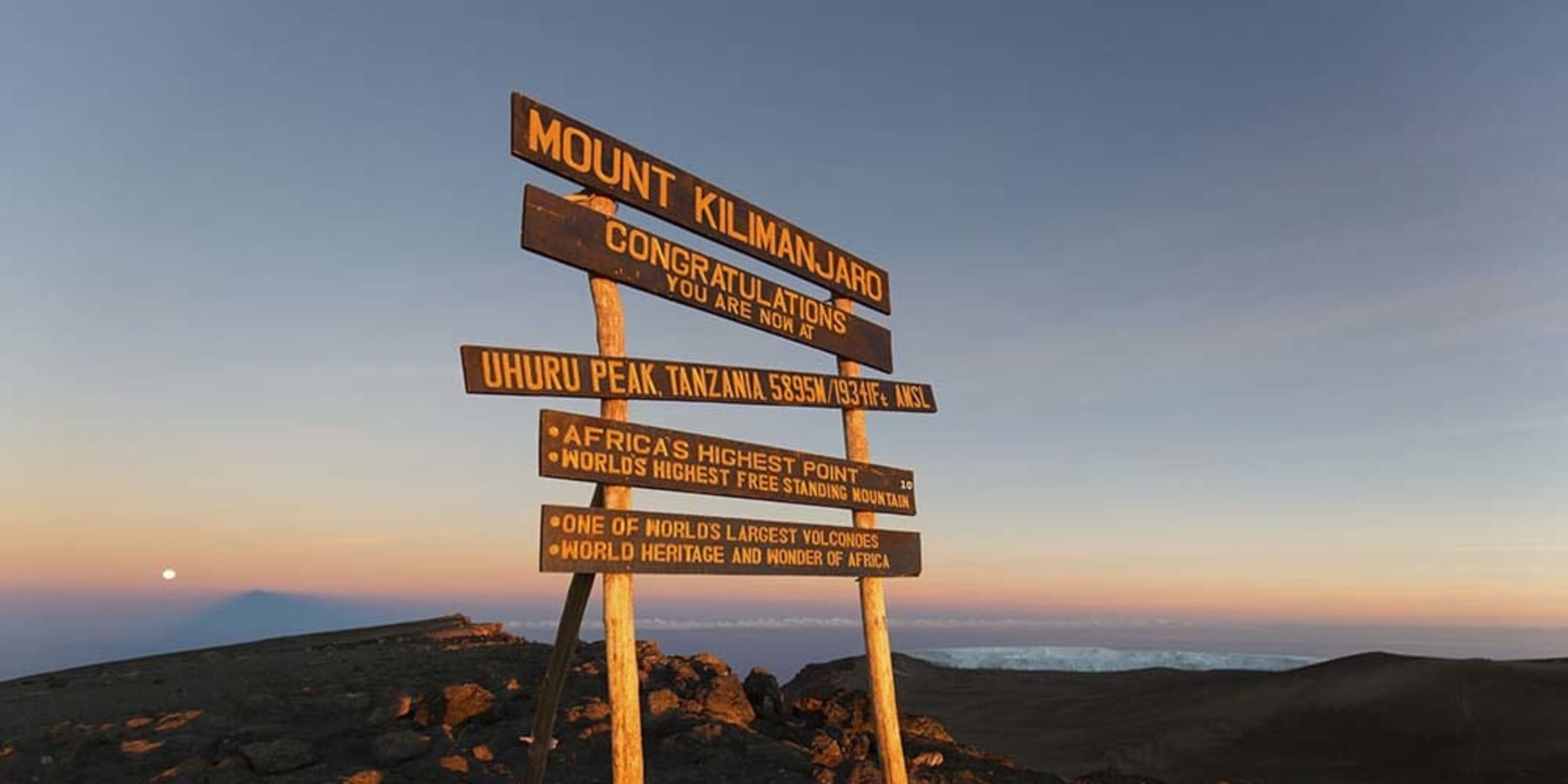
What is the Best Time to Climb Kilimanjaro?
April – May
The “big” rainy season starts at the end of March and continues until the middle of May. April marks the beginning of the coldest time of the year in Tanzania. These months are so dank and drizzle that some operators simply do not offer climbs in April/May at all.
June – July
The frequency of rain gradually decreases. The weather on Kilimanjaro is fairly dry and clear but the nights are still bitter cold. June is usually quiet, sunny, and, in our opinion, much underrated in terms of climbing. It is an excellent idea to choose June for your adventure because of great weather and almost climbers-free routes.
The number of climbers will be increasing as the year progresses. Starting from July the majority of the routes will be quite busy.
August – October
The peak climbing season on Kilimanjaro is on August-September. The weather is particularly good for climbing: the days are clear and somewhat warmer than in June/July. At the same time it may be cloudy in the forest/moorland zone, as well as it may be rainy on the southern routes (Machame and Umbwe). However, once you leave the rain forest behind it will be sunny.
October is another unfairly ignored season: nice weather conditions last into mid-October and the number of climbers drops dramatically, giving you a good chance to enjoy Kilimanjaro treks almost alone. At the end of October, the weather becomes more changeable. As long as you are equipped to withstand the occasional shower, this should not present any major challenges.
November
November is the “small” rainy season. The rainy weather may last into mid-December. The temperatures have dropped and the moisture mist covers the Mount, making your climb more tricky and risky, yet more challenging and exciting. November might not be the best pick in terms of weather, but gives a great opportunity to enjoy the breathtaking views of misty-covered Mount with its snow-capped peak, and to make some terrific pictures.
December – January
Christmas and New Year are the second peak climbing season on Kilimanjaro. The climbers traffic is extremely high, although there is a high chance of raining and thick clouding in the lower altitudes of Kilimanjaro. And also expecting to have wind on the way to the summit but us you are well equipped will make you filling confortable
January – March
Mid-January to mid-March are very popular among climbers. The weather is perfectly balanced: it is neither too cold, nor too wet. The days are generally dry, though occasional rains may happen. The possibility of rain increases in the second half of March because the “big” wet season advances.
Kilimanjaro Temperature
The temperature on the Mount Kilimanjaro correlates with the four distinct climatic zones:
The rainforest zone (800m-3,000m) is warm and humid. Densely covered with green vegetation this zone temperatures average 12-15 C0 (20-25 C0 during daytime) at 2,900 m. This is where you are going to spend the first one or two days of your climb, depending on the route.
The low alpine zone (3,000m-4,200m) is a semi-arid area. The higher you climb – the scarcer the vegetation becomes. Depending on the route, here you will spend one or two days with average temperatures range 5-10 C0 (15-20 during the daytime) at 3,600 m.
The high alpine zone (4,200m-5,000) is desert-like. You will spend your fourth and fifth day on the Mount here, as well as the final arrangements for summiting will be at those altitudes. Here the temperatures average around the freezing point at 5,000m, but during the daytime, when the sun is shining, it is still quite warm and comfortable.
The summit of Mount Kilimanjaro lies in the glacial zone (above 5,000m) and its temperatures average around -6 C0. However, keep in mind that all summiting attempts usually start at midnight in order to reach the Uhuru peak by dawn. You will be trekking at night when the temperature can drop to – 20°C. When the harsh gusts of wind are torturing you, you will be likely to feel as if the temperature is below -40 °C. However, it’s totally worth it, because on the top you will see one of the best pictures you have ever witnessed in the light of the uprising sun
Useful Information
There are a few more things worth mentioning about the weather on Kilimanjaro.
You may decide to climb at a less than perfect time, be it because you want to avoid the main rush or because that is the only suitable timing for you holidays. If you do so, consider Northern Circuit Route or the Rongai Route. The northern side of the mountain is much drier than the other Kilimanjaro routes. Moreover, if you want the best weather on Kilimanjaro but hate crowds, the same applies. Choose your route wisely. There is less traffic on Rongai, Lemosho and Nothern Travers Route than on the popular and always busy Machame and Marangu routes.
We at JAMBOKILI TOURS that you can enjoy the Mount Kilimanjaro all year round. The difference is that when in September you might need just one set of thermal underwear, Gore-Tex membrane gaiters and boots, two months later in November you should better taking three sets of each to make sure that you can continue your climb comfortably in case you get soaked to the skin.
As our mission and vision we make sure that at any time of the year you wish to do with us JAMBO KILI we will make sure that your dream reach as we say (one team one dream) we have excellent guide strong porters that will make you felling you’re at home around the mountain

